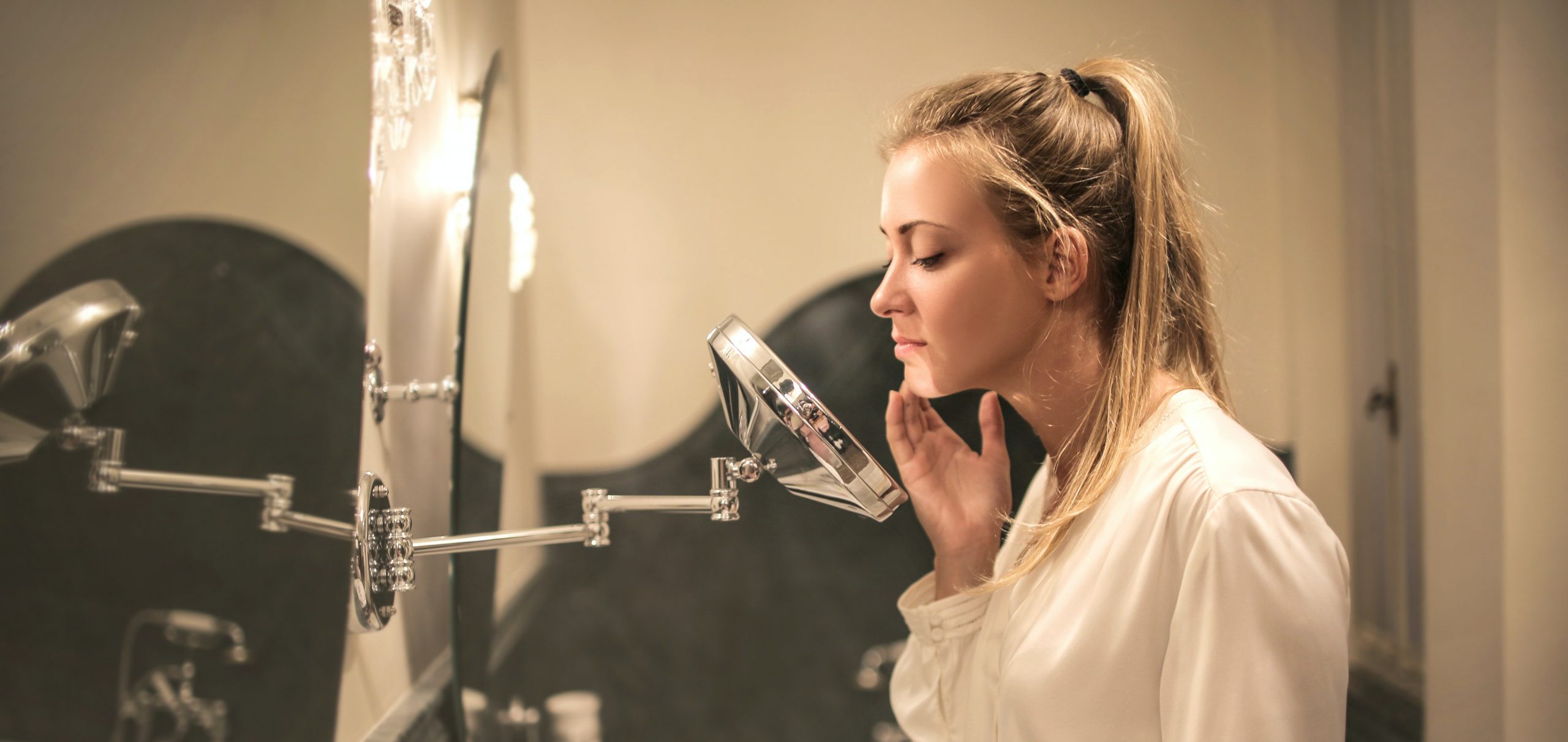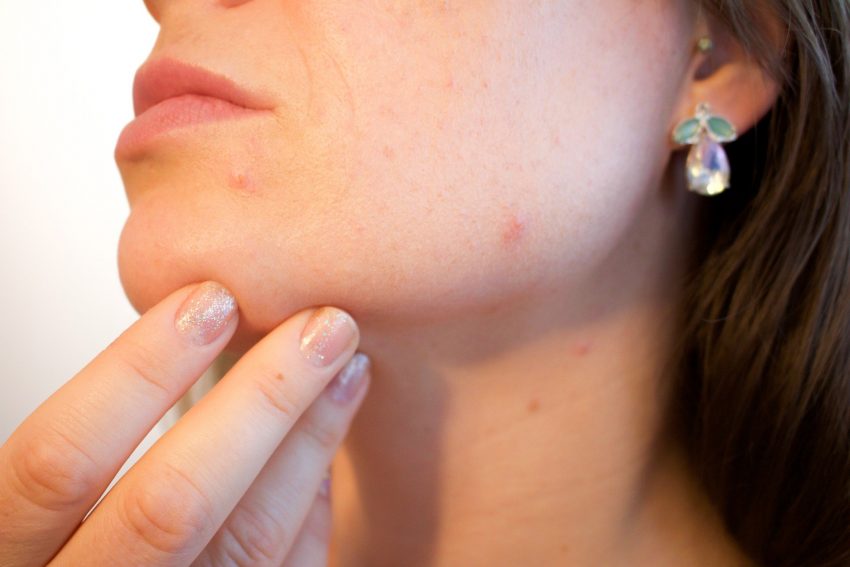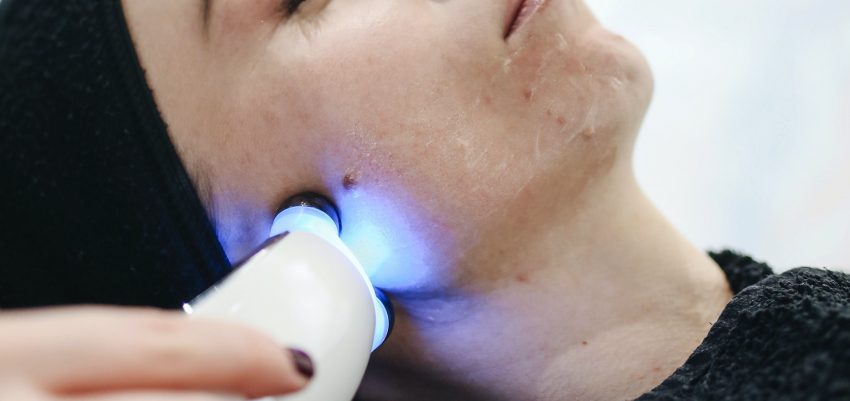Changes in our skin as we age are inevitable, including loss of moisture, changes in…

Laser Treatment for Acne Scars – Everything You Need to Know
What is acne?
Acne is a common skin condition that for many can appear during their teenage years, but can affect people of all ages.
It usually occurs when hair follicles become clogged with dead skin and oil, and although similar skin conditions are the result of external factors, evidence has shown that acne can be hormone-related.
Acne is usually classified as one of three types:
- Mild acne: this tends to include whiteheads and blackheads.
- Moderate acne: this is the same as above, but also presents as papules and pustules on the skin. Papules are small, red-coloured bumps and pustules are fluid or pus-filled bumps.
- Severe acne: usually many large, painful papules and pustules, and also presents with nodules and cysts. Nodules are solid, painful lumps beneath the skin’s surface and cysts are painful pus-filled lumps under the surface.
Why does acne scar?
Scarring tends to occur as a complication of acne, and though any of the above-mentioned spots can scar, it’s more common with the more serious nodules and cysts, as they can burst either on their own or by picking, damaging the surrounding skin.
If you suffer from acne, it is strongly recommended that you do not pick or squeeze your spots, as this can cause unnecessary scarring.
Many people suffering from acne don’t realise that the dark pink marks that appear on the skin when acne presents aren’t scars. The inflamed skin can often leave behind a pink stain that is a natural part of the healing, as the inflammation increases pigment production in the skin. However, these marks tend to fade on their own over time.
True acne scars form only when the damage to the skin leads to abnormal collagen production, presenting as one of the types described below. These can be depressed or raised, and raised scars can often be tender to the touch, and firm beneath your fingers.
These raised scars tend to be hypertrophic (they stick out above the skin) or keloid (the result of scars that have over-healed, and turned rubbery). There are also atrophic scars, which are the most challenging to treat.
Acne scars tend to present in several ways, due to the reduction of collagen and elastic in the skin combined with inflammation. Some of the most common types of acne scarring include:
- Ice pick scars: these appear as small but deep holes on the surface of the skin, named such as they can sometimes look as though the skin has been punctured with a sharp item.
- Rolling scars: these are caused by bands of scar tissue forming under the skin, giving the skin an uneven, “rolled” appearance.
- Boxcar scars: round or sometimes oval depressions in the skin, often described as “craters”.
Is Acne Laser Treatment suitable for me?
Laser treatment for acne scarring usually targets your face, but treatments can also be provided for other common areas where acne scarring can appear, including the arms, back, neck and torso.
If your acne is still active, your skin tone is dark, or skin is very wrinkled, this might not be the treatment for you – however, a consultation with one of our practitioners can determine whether or not it is advisable to go ahead.
Since there are so many different types of scars, treatment can be difficult – but is by no means impossible – and can work wonders for your self-esteem and confidence, which can be greatly affected by acne scarring.
The treatment solutions tend to vary depending on the type of scar, but even severe acne scarring can be dealt with by the experts at the Cambridge Laser Clinic.
How does Acne Laser Treatment work?
95% of people who suffer from acne end up with some residual scarring.
Our laser treatment aims to minimise the appearance of the scars left over from old acne outbreaks by focusing light energy into the top layers of your skin. The heat from the laser removes the upper layer of your skin where the scar is, and as this top layer peels off, the skin underneath appears smoother and the scar is less visible.
Once this scar tissue breaks apart, the heat and light of the laser also stimulates collagen and elastin production, and triggers the growth of new, healthy skin cells to replace the scar tissue.
Blood is drawn to the area due to the heat of the laser, which reduces inflammation as blood vessels are targeted, which in combination reduces the red and raised appearance of the acne scars whilst encouraging the healing of your skin.
Is it painful?
Like most things, whether or not Acne Laser Treatment is painful depends on your own tolerance and sensitivity. For most, it’s tolerable – often compared to the flicking of an elastic band – but can be uncomfortable.
The sensation you’re likely to feel is also dependent on the type of laser being used and the depth the laser needs to penetrate. Sometimes a topical pain relief can be offered, but your practitioner will be on hand to guide you through any sensitivity or discomfort.
Are there any risks?
We understand that since your face is the first thing most people see when they meet you, it’s normal to be wary about procedures that involve your visage.
Laser Acne Scar Treatment might not be suitable for all skin types, and some skin types are more prone to hyper or hypopigmentation so may require more preparation before treatment – this will all be discussed during your initial consultation.
Immediately after your treatment, you should expect some slight swelling, redness and heat in the area for up to forty-eight hours. Any pain should disappear after that time, though redness may persist for up to ten days. You should also avoid perfumed products and tight or synthetic clothing.
During the healing period, it’s important to take even better care of your skin than usual, as the light energy in the lasers used can expose you to photosensitivity, so sunscreen is essential.
Taking good care of your skin after your treatment is crucial so that the skin can properly heal, you can avoid infection and allow the treatment to work. Full aftercare advice will be provided by your practitioner, and it’s important to heed this.





